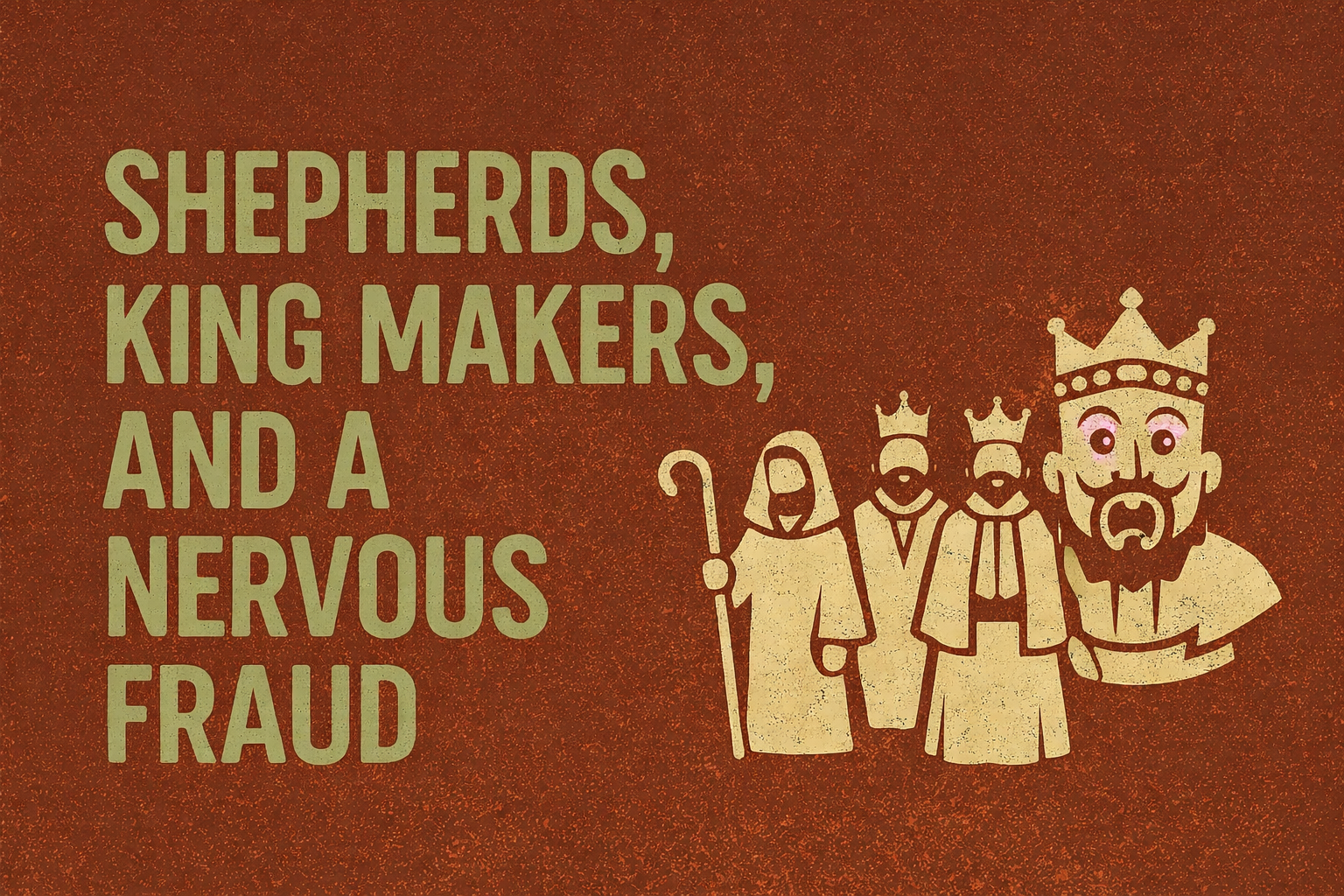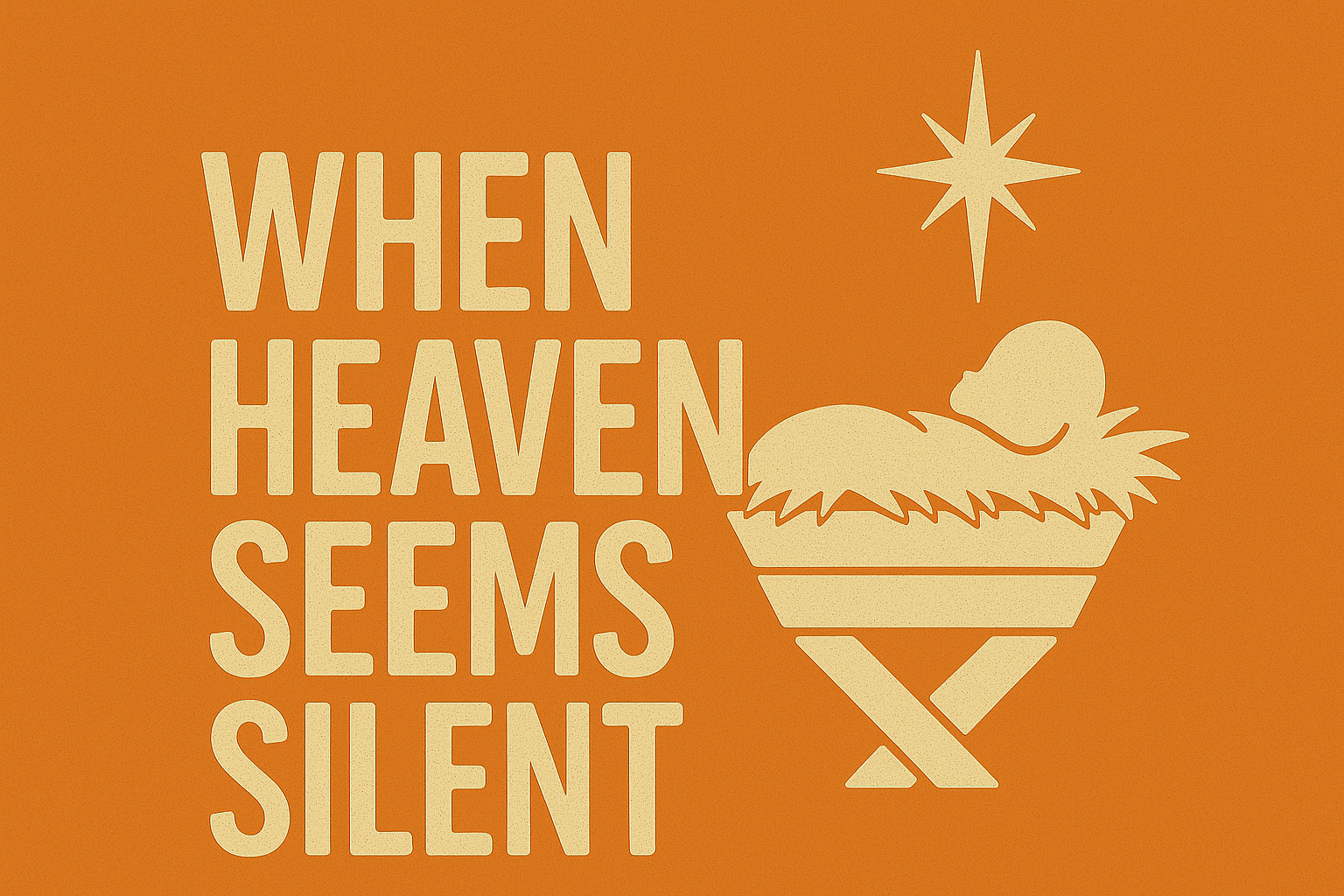As we move into the Christmas season, churches and families will begin to focus on the incarnation – God with Us, Emmanuel.
At the center of the Christmas story is one central truth: God became man. The incarnation is a fundamental, foundational belief of the Christian doctrine and unique among all religious traditions. The implications are vast and many.
C.S. Lewis wrote a book he entitled Miracles. In the chapter called “The Grand Miracle,” Lewis described the incarnation of Christ:
In the Christian story God descends to re-ascend. He comes down; down from the heights of absolute being into time and space, down into humanity … down to the very roots and sea-bed of the Nature He has created.
But He goes down to come up again and bring the ruined world up with Him. One has the picture of a strong man stooping lower and lower to get himself underneath some great complicated burden. He must stoop in order to lift, he must almost disappear under the load before he incredibly straightens his back and marches off with the whole mass swaying on his shoulders.
Or one may think of a diver, first reducing himself to nakedness, then glancing in mid-air, then gone with a splash, vanished, rushing down through green and warm water into black and cold water, down through increasing pressure into the death-like region of ooze and slime and old decay; then up again, back to colour and light, his lungs almost bursting, till suddenly he breaks surface again, holding in his hand the dripping, precious thing that he went down to recover. He and it are both coloured now that they have come up into the light: down below, where it lay colourless in the dark, he lost his colour, too.
“n this descent and re-ascent everyone will recognise a familiar pattern: a thing written all over the world. It is the pattern of all vegetable life. It must belittle itself into something hard, small and deathlike, it must fall into the ground: thence the new life re-ascends.
It is the pattern of all animal generation too. There is descent from the full and perfect organisms into the spermatozoon and ovum, and in the dark womb a life at first inferior in kind to that of the species which is being reproduced: then the slow ascent to the perfect embryo, to the living, conscious baby, and finally to the adult.
So it is also in our moral and emotional life. The first innocent and spontaneous desires have to submit to the deathlike process of control or total denial: but from that there is a re-ascent to fully formed character in which the strength of the original material all operates but in a new way. Death and Rebirth–go down to go up–it is a key principle. Through this bottleneck, this belittlement, the highroad nearly always lies” ([N.Y.: Macmillan, 1960], pp. 111-12).




